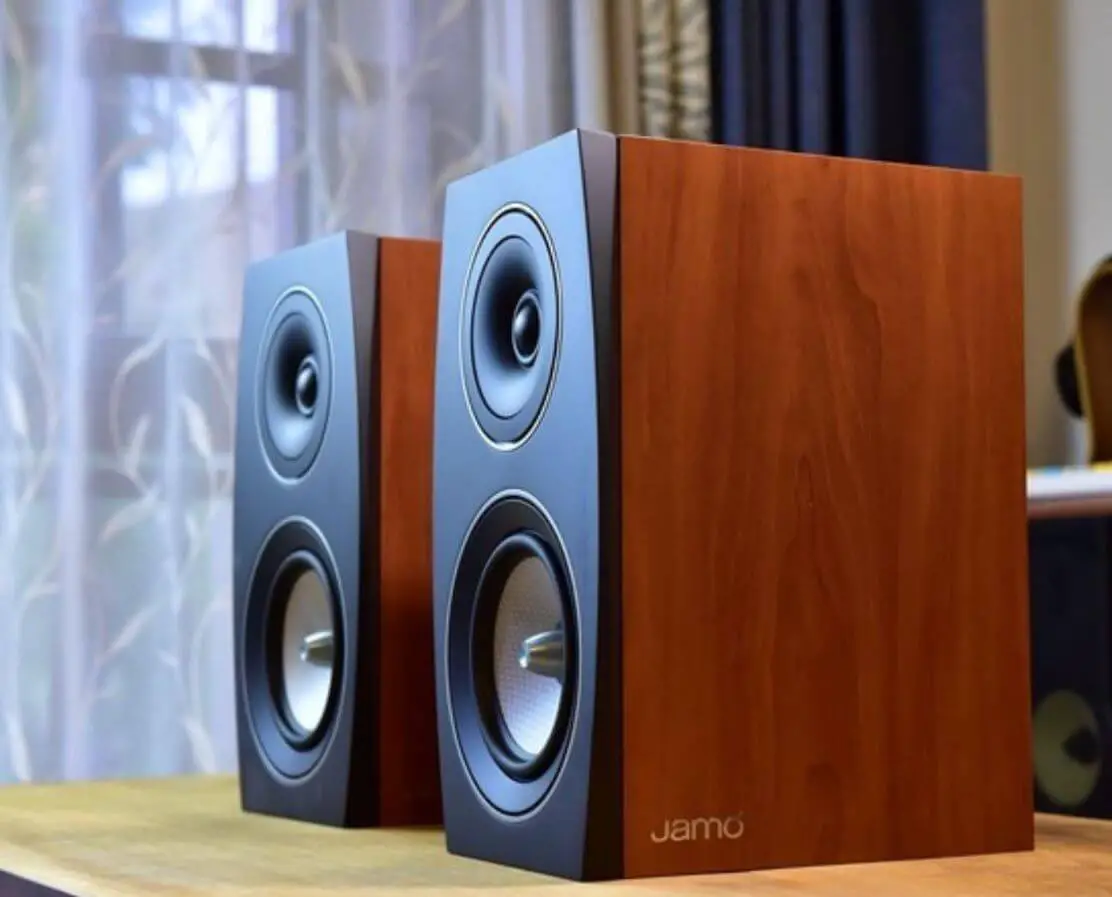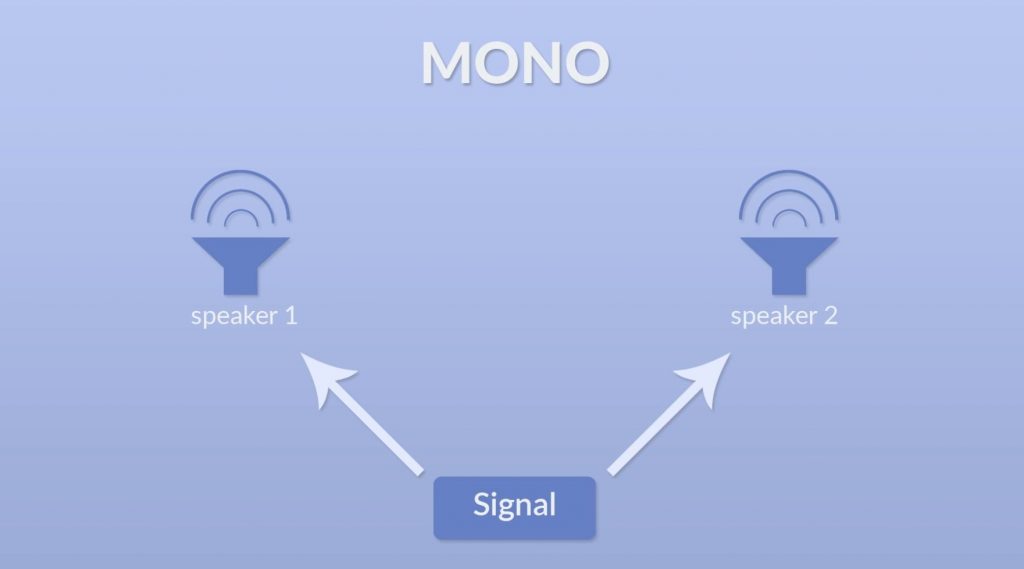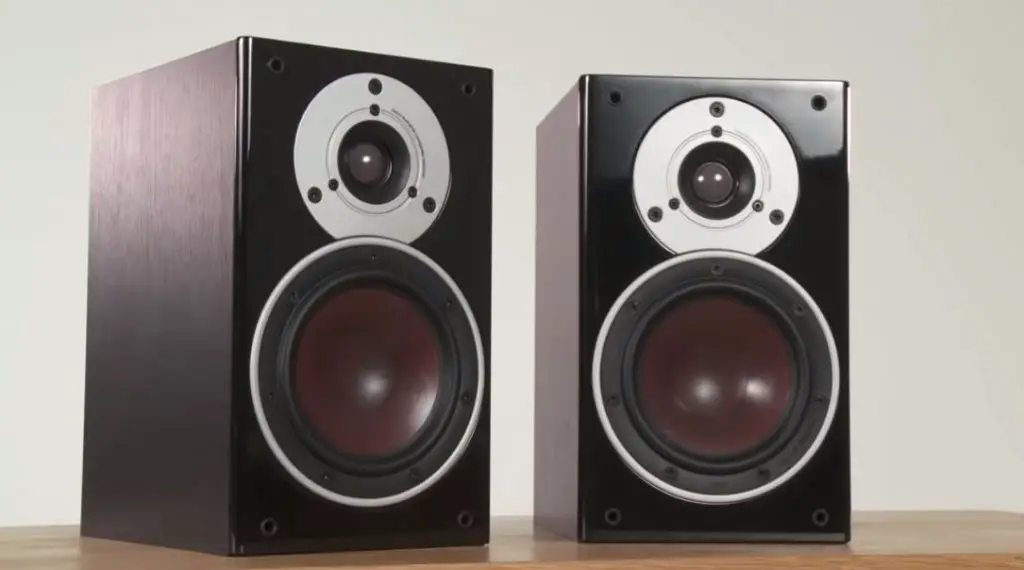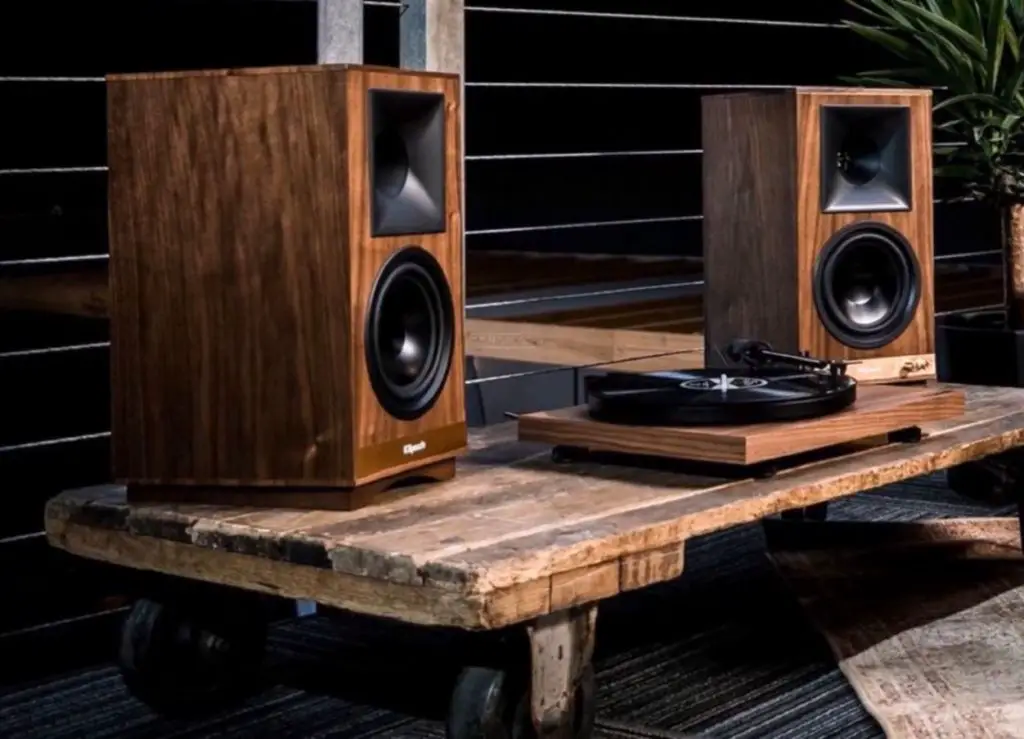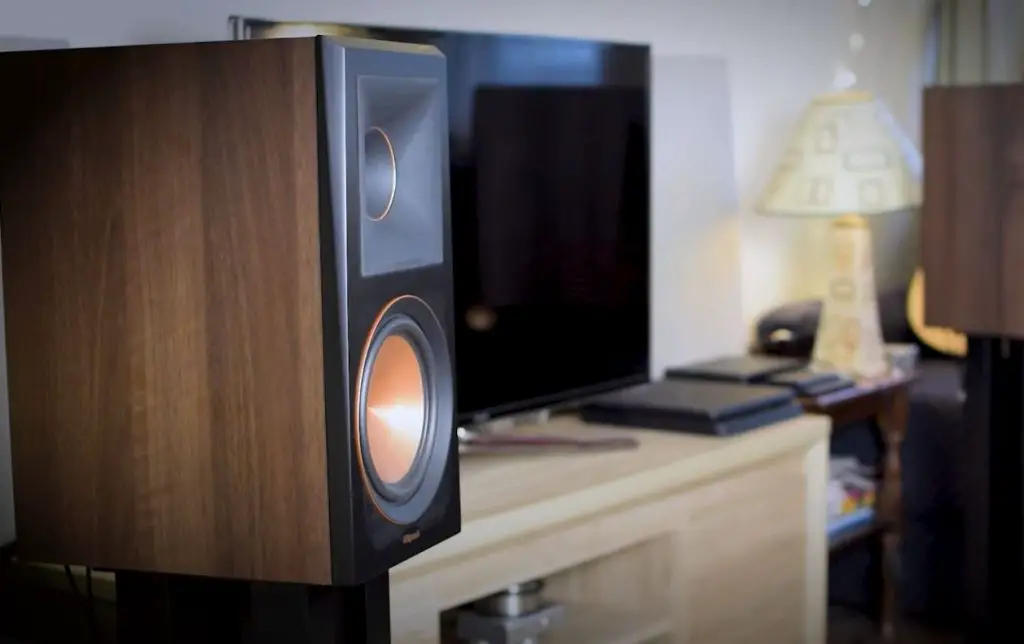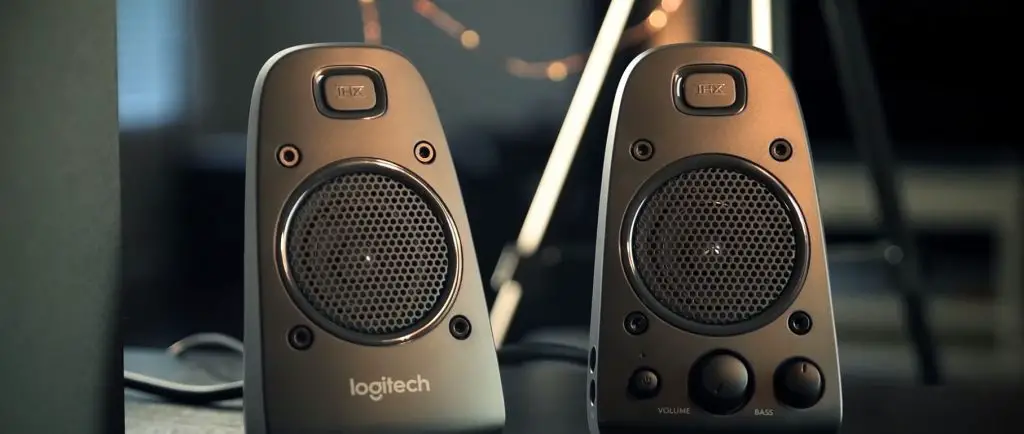Mono vs Stereo: The Complete Guide
If you’re new to making music, chances are that you might not fully understand the difference between mono and stereo. This is understandable as both have been used for decades in different ways. Mono has long been considered more of a recording term while stereo is more of an audio listening term. However, this isn’t entirely true anymore due to advances in technology.
In fact, most modern equipment can be used with either mono or stereo signals depending on what kind of setup they are being used in and how they will be listened too by the user. This blog post will explain the differences between these two terms so that when it comes time to use them in your own productions you know exactly what each means and which one should be applied.
What are stereo speakers?
A stereo speaker is a pair of speakers designed to produce sound in two channels—left and right. Any pair of speakers will have this capability, although some are better suited for it than others. A stereo system usually consists of one main speaker (the “mono” speaker) but with the addition of a second smaller speaker (the “stereo” speaker) to help with delivering sound to parts of the room where the monophonic main speaker does not reach.
The two channels generate a spatial stereo effect that adds depth and spaciousness to music and film and helps create an illusion of distance between performers and actions occurring on screen.
A typical stereo speaker will have two speakers, one for each side (a left speaker and a right speaker). Many stereo speakers are combined with another home theatre component like an amplifier or receiver, although some “stereo” soundbars combine the left and right channels into one mono sound.
Stereo is also used in recording studios to refer to multiple microphones to record a single instrument, voice, or other sound sources. In this context, the speakers create two different signals for later processing and mixing down.
A typical stereo speaker has one amplifier for each channel, so the total number of amplifiers needed is twice as many as speakers (two speakers mean four amps; three speakers represent six amps, etc.). Many stereo speaker systems use an amplifier for each channel of the left and right speakers, but some systems have a separate “mono” or “bass” amp that powers just one speaker.
The purpose of a stereo system is to give people the ability to listen to music in the way it was meant to be heard, with two audio channels.
Stereo sound traces its roots back to 1881 when Alexander Graham Bell patented the “radiophone”, which could transmit sound waves over electrical lines. Things kicked off in 1927 with the world’s first commercial broadcast of “split-channel” AM radio. This used two separate transmitting antennas to send the carrier signal down separate paths. The listener would then use two antennas and a circuit to decode the two signals into left and right channels. Although this technology didn’t take off commercially until the mid-1930s, it was still using “two-channel” sound instead of one.
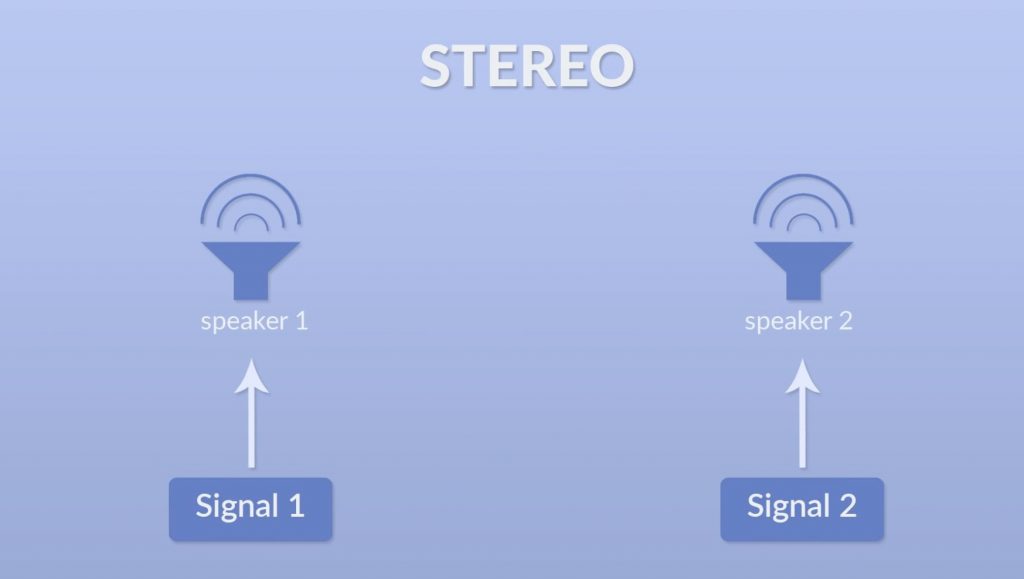
In 1952, stereo records were introduced with two separate grooves cut into the record, one for each channel to be played through a single speaker. However, it was not until 1957 that stereo sound became commercially available through FM radio broadcasting, and in 1958 with stereo records became the norm. Although the advent of digital media has largely replaced physical media, you can still buy “stereo” CDs, which have two separate audio tracks recorded in a format called “CD-audio”.
By the 1960s, the stereo sound was everywhere. In films, plays, and cinemas. On radio and TV. It is hard to find any home entertainment system that doesn’t have two speakers to create a stereo experience. Although some people prefer the mono sound with just one speaker for its simplicity and lack of wires, stereo speakers still have their place. The true stereo sound offers a more realistic experience than even the best stereo systems, making it great for listening to music and home theatre soundtracks.
What are mono speakers?
Mono speakers are designed to vibrate the air in one direction. It is used for many different things depending on its construction. Mono-speakers can be found as internal parts of laptops and computers, as part of public address systems, and as components of musical instruments such as electronic guitars and keyboards.
Known mono-speakers include Internal laptop/computer speakers, computer sound cards (internal or external), personal music players such as iPods or MP3 players, car interior speakers, earbuds — essentially any device that has a dedicated speaker without stereo sound capabilities.
Larger mono-speakers usually come with their enclosures and do not need to be mounted since they produce low frequencies and can quickly move enough air to produce resonant vibrations in a free-standing speaker enclosure. However, internal laptop/computer speakers and earbuds generally lack this ability and therefore must be mounted transversely or axially to the airflow of interest (i.e., if using it as a tire valve stem cap replacement, mount it so that its tweeters face in towards your ears).
Internal mono-speakers do not use an enclosed housing and are just one tiny, cone-shaped speaker. This type is typically found in laptops and computers because these devices need only one small driver to produce sound for the user. In addition, the drivers on this type of speaker often have paper cones with very light coil suspensions glued onto them for high stiffness and low mass, which allow them to produce sound more efficiently.
Internal laptop/computer speakers contain two or three drivers that are miniature versions of the same speaker found in stereo systems. The only difference is that they cannot reproduce sound independently and require electronic components to produce sound. In addition, since multiple drivers must be present to handle all the frequencies, these speakers often have a larger housing than mono-speakers. Some of these speakers may also include an enclosure for increased bass response.
External computer sound cards (also known as PCI cards) use mono speakers to output sounds through either headphones or computer monitors. These devices usually do not have an enclosure to reduce cost by not having one, instead of using the desktop case itself as an enclosure to save space.
Some of these devices may have a built-in enclosure for additional bass response.
External computer sound cards use the same type of speaker as internal laptop/computer speakers. The only difference is that they are fitted with cables and connectors to be attached outside the case. In addition, these speakers usually support stereo output, where two or more drivers can be combined to play all frequencies at once instead of separately, like in internal laptop/computer speakers and car interior speakers.
Car interior speakers also receive their name from having no enclosure and therefore must rely on the pressure coming from low-frequency sound waves to vibrate, which is why they typically include beautiful grilles or housings you can enjoy their design while listening to your favorite music. These types of speakers, like mono speakers in general, can be found in all sorts of frequencies and sizes; however, they typically include four to eight drivers for stereo sound and six to twelve drivers for surround sound.
Many musical instruments such as electronic guitars and keyboards also use the same type of cone-shaped speaker with a relatively lightweight coil suspension attached to the center of the cone that allows it to move back and forth quickly when an alternating electric current passes through it from an electronic circuit. The enclosure on these devices is often just a thin-walled tube designed to add resonance capabilities while keeping its size small enough not to hinder playing or learning how to play the instrument.
What is mono audio?
Mono is the term most people use to refer to a single audio channel, which is played through a single speaker.
A mono recording is one ‘track’ of audio intended to be heard and recorded through a single (point) source, usually a microphone or camera. This way, it’s sent to the receiver with only one signal. Thus when received by the receiver, this sound can be reproduced from a single loudspeaker placed in front of the listener or through headphones.
In other words, “a recording intended for listening over a monaural system”. However, not all stereo recordings are mixed in mono – some have intentionally been mixed to sound different on stereo systems. Most modern professional equipment is capable of recording in “dual mono” (or “double mono”), which records two identical signals on two tracks, allowing for later stereo or surround processing.
A mono signal is a single channel of audio, usually recorded with a single microphone or camera. Mono sound can come from many different sources.
The most common source is when the sound produced by an electronic device enters one pinhole or speaker that is placed near the listener’s ear. An example might be the built-in loudspeaker you find on your television set. In this instance, there would only be one channel of sound being reproduced through both ears of the listener, so it’s referred to as “monaural”.
Other devices that can produce mono sound include:
- AM and FM radio receivers.
- Most telephones (although some modern phones do use multiple speakers for playing back stereo audio).
- Early model hearing aids.
- VCRs with an MTS feature (and many camcorders).
- Walkie-talkies.
- Wireless intercoms or doorbells.
Mono sound can also come from listening to music through headphones where only one ear is receiving the audio; this is known as “monaural” listening.
What is stereo audio?
Stereo audio is a form of sound that enables us to hear information from two different directions. If you’re listening to music in your living room, for example, stereo audio creates the impression that the artist or instrument is located in front of you and to your left or right.
In comparison, mono audio uses a single channel (or input) and transmits sound as if it were emanating from one direction only. While this may be fine when you’re at a sporting event, imagine trying to enjoy a concert with mono audio! Nowadays most every medium has access to stereo technology: theaters use it, TVs use it, MP3 players even have their version of stereo known as “surround sound.” And while people can often differentiate between surround sound and stereo, they’re pretty different.
Stereo audio uses two channels of information to create its spatial effect. By contrast, surround sound uses four or more channels to mix sounds from multiple directions at once. To produce this multi-channel effect, many surround sound systems use a dedicated subwoofer for bass frequencies (this is why so many people enjoy turning up the volume when watching movies).
Many listeners describe surrounding sound as “more immersive” than stereo because it provides a much greater sense of space or room around them. Of course, stereo can be effective too if done well. Still, even then, it’s arguably less ambitious in the scope given that stereo signals are limited to just two channels rather than several. This may be one reason why most movie theaters today use surround sound rather than stereo.
When stereo was introduced, it caused quite a sensation among musicians and sound engineers because of its ability to give listeners the impression that performers were located at various points around the room. Though the concept is relatively simple (send different information to two or more speakers), creating a compelling stereo mix can be tricky since so many variables can affect the soundscape.
Picking apart which elements belong in each channel will take some skill, even for experienced audio professionals. For example, mixing vocals too prominently into one channel over another may cause phase problems.
This happens when sounds from both channels combine at slightly different times producing slightly out-of-tune notes. Imagine what would happen if those notes were played through speakers that created a clear sense of space. The result would be an extremely messy mix likely to confuse or even annoy listeners. It’s precise because stereo audio has so many pitfalls that surround sound technologies that have become as popular as they are today.
While some engineers still prefer the simplicity and purity of mono sounds, the stereo will continue to dominate music recording for years to come, given its wide-ranging appeal and susceptibility to technological changes. So whether you’re listening on a cheap set of earbuds or a high-end home theater system, you’ll always be using some form of stereo technology.
While its core concepts may seem pretty straightforward at first glance, there’s quite a lot happening under the hood when you listen to stereo audio. And as more people embrace surround sound technologies, you can be sure that stereos will continue to evolve by incorporating some of their best features.
What’s the difference between stereo and mono?
Many people are under the impression that stereo is when you have two channels (left and right), but it’s more than that. Mono audio is often one channel, like when you plug in your headphones to your iPod or iPhone, but it can also be multi-channel (more than two) for things like surround sound.
Other standard multi-channel formats include 5.1 (five speakers plus one subwoofer) and 7.1 (seven speakers plus one subwoofer). So if the recording is in mono, there will be one track with no differences between left and right – any who hear it will get the same thing from both speakers because there’s only a single channel routed to both.
To go back to the iPod example, if you’re listening on your headphones and someone calls you while listening to music, it will switch over to the phone call (and the same thing playing will play through both speakers).
The difference between mono and stereo audio is that mono audio has just one channel, whereas stereo contains two channels. In addition, mono audio preserves all sound in a single channel, whereas stereo separates sound into two channels – left and right. They are typically represented by M & S, respectively. There are many possible configurations of multi-channel surround sound systems, including 5.1, 6.1, 7.1, and 9.1, and more (with or without subwoofers).
Which is better, mono or stereo?
In a nutshell, it depends. In the digital realm, you can never have too many channels. The golden formula is to split things into however many pieces are necessary to get the effect you’re going for. For example, suppose there’s a hard-panned element in your mix that needs its channel (or pair of channels). Filtering out the center may minimize a track into mono, but that doesn’t mean it has no place in your final mix!
Most importantly: don’t be afraid of places where your sound design isn’t always symmetrical or perfect; stereo effects can bring an extra sense of life and dimension to your music. Don’t be afraid to try things that seem weird; most presets built for this purpose are based on incorrect assumptions, and you can quickly learn how to adjust their effects yourself. Sometimes through experimentation or accident, very cool things happen in the realm of stereo sound design, use them.
Now let’s break it down further:
How many channels do I need?
This can be answered in two ways: (1) How many inputs do you have available in your DAW? (2) What is your target audience likely to experience? For example, if your music will only exist online as an MP3 file for portable devices, then four stereo tracks (Left/Right) should suffice. On the other hand, if you’re thinking about CD release, consider at least 6-8 full-range panned outputs for Left, Right, Center, Left Surround, Right Surround, LFE (Low-Frequency Effects), and possibly 2-4 more for less commonly used formats like 5.1 6.0 6.1 6.2, etc…
Which sounds better overall, mono or stereo?
If you have to choose between stereo or mono versions of your mix: in most cases, the best answer is “it depends”. Mono gives you more power and clarity in lower frequencies; this can be helpful if your track doesn’t make full use of the stereo field and bass frequencies are competing with each other (if they exist in both channels). On the other hand, a good balance between left/right space allows low-end elements to breathe, meaning they sound more profound and more present than they would if you had tried to fill space with too much of the same sound. This also allows for more clarity in the low-midrange frequencies.
When it’s time to master, think about what kind of delivery your music will be used for; CD, Vinyl, Streaming, etc… Different mastering toolsets can optimize your sound for other formats (for example, some limiters compensate for lost volume when putting your track on vinyl). Keep this in mind as you master your track.
Why does my bass lose power and depth if I put it in both channels?
That is a general question. The reason is that you create a null where those frequencies exist in both channels simultaneously. If you have a track with many low-end, try splitting them into left & right channels. If there are any elements you want to be centered in your mix, then put that on its channel. This is different from using volume automation to adjust volume levels on each channel; volume automation can help give an element more presence/power when it’s most important within your mix.
What does ‘stereo spread’ do?
This means widening the stereo image (spreading out the elements across both speakers). It usually achieves this by creating subtle phase differences between each channel and applying a low pass filter to one side and not the other.
This becomes very apparent when you solo your left/right channels and sweep between them. If you hear a deep, sweeping tone on one side and not the other as you do this, then you’re listening to phasing. Again, this can be controlled by using time-varying filter automation or LFOs on each channel.
Mono vs. Stereo Audio Files
The number of channels used while recording and listening to audio is the primary distinction between Mono and Stereo sound. For the conversion of the signal to sound, mono sound requires one channel. If you listen to this audio over numerous speakers, the identical call will be replicated to each of them. It will then produce a sound from a single source, even though the speakers are not in the same place.
Nowadays, technology appears to prefer Stereo sound, while Mono sound is frequently relegated to the background. Mono sound, on the other hand, can be superior to stereo sound in various ways. Mono audio files, for example, only have one audio channel and hence concentrate recorded information into one channel. WAV and MP3 files, for example, contain information on the right and left media. This information tells the speakers when they should pull and push air.
The stereo sound differs from mono sound in that it records and plays back audio using several channels. You’ll need a listening device with several speakers to transform the signal to sound. Each signal supplied to different speakers will be distinct, resulting in a living and exciting listening experience. Listening to a song and hearing different sounds in your left and right ears is a fantastic example.
As a listener, your best chance of identifying these two sounds is that Stereo sound creates a sense of width, while Mono sound does not. It means they should ideally give you the impression that sound is coming from many locations and sources. In addition, the stereo sound setup is enhanced with speakers that have the “surround sound” effect.
Mono vs. Stereo Track
A single channel is used to record mono audio, whereas two channels record a stereo track. As a result, mono tracks are played on a single audio channel, whereas stereo tracks are played on two separate audio channels to two different speakers. Stereo transmits two unique signals to the right and left speakers, whereas mono sends the same signal to any number of speakers in the configuration. Watch this YouTube video for more audio examples to help you distinguish between the two sorts of tracks. To hear the differences clearly, put on a set of stereo headphones.
Mono vs. Stereo Playback
Stereo sound is more than capable of producing an impression of sound source localization. Sound source localization refers to the ability to pinpoint the source and direction of sound inside a place. For example, consider the sound of a dog barking. It’s pretty simple to determine the animal’s distance from you and estimate the distance to the sound source. Most people can offer reasonably accurate replies even when their eyes are closed.
Some people believe that the sound from a stereo system comes from two different speakers, the left and right ones. This isn’t true because the human brain uses basic principles to locate sound; fooling it becomes trivial. All factors to consider are the time it takes for sound to reach your left and right ears, the frequency and pressure levels of sound waves, the amount of reverberation, and the dynamic range.
Take this as an example to better comprehend the concepts in question. Your position is halfway between the left and right speakers, which are both broadcasting the same signal. Therefore, you’re more than likely to believe that sound is coming from the center of the speakers, confirming the phantom Mono sound source notion. Because of the speakers’ locations on the sides, this is conceivable.
The human brain uses sound wave timing discrepancies to determine whether a sound is coming from the left or right. For example, if the sound source is closer to your left ear, the sound waves created will first reach that ear before moving on to the other. Even if the differences aren’t discernible, they are helpful when the brain locates the playback. When you repeat the technique with a second speaker, your brain will believe the source is in front of you.
During playback, stereo sound is believed to have three-dimensional qualities. The X-axis, Y-axis, and Z-axis are the dimensions, which stand for width, height, and depth, respectively. When they play the audio file, they create a stereo image. In a stereo field, frequency determines how high you perceive sound. It means that in a song, high-frequency sounds like hi-hats will be placed over low-frequency sounds like the bass guitar.
The relative level, reverberation amount, and dynamic range of a sound all influence its depth. At the back of the stereo field, low-level sounds with a small dynamic range and a lot of reverb appear. Because mono playback devices only have one speaker, they can only produce a two-dimensional image. This sound has both height and depth to it. To aid your brain’s ability to detect breadth by producing directional timing disparities, you’ll need a second speaker.
Mono vs. Stereo Recording
When you record a sound source using a single microphone, you’ll only get a single channel. Mono recordings can be interpreted using one or several speakers during playback. If more than one speaker is present, they will all get the same signal, resulting in similarity. When mono sounds are played over a stereo system, both speakers’ audio channel is replicated, resulting in dual-mono sound.
Stereo recordings necessitate the use of two microphones to achieve full stereo. Position the two microphones to your left and right throughout the recording procedure. When positioning the recording equipment, make sure to leave enough space for an optimal, relatively broad stereo image. Even more fantastic stereo imagery can be achieved by angling the microphones even further.
Which is Better for Gaming: Mono or Stereo?
The answer is stereo.
I know what you’re thinking: how could this be? To answer that question, we need to look at the facts and make some educated guesses. Those facts are as follows: 1)Mono is outdated and doesn’t provide a true 3D sound experience, 2)Coding for stereo would be necessary for developers and more time-consuming than coding for mono.
Mono is Outdated and Doesn’t Provide a True 3D Sound Experience Mono for consoles was a product of the 90s, when it seemed all games had to be released in mono because the stereo sound didn’t work on TVs. However, with the advent of HDTVs, this has become less true as most support stereo sound.
This means for most people. A stereo signal has a higher quality due to the way TVs work in regards to stereo sound. Of course, this isn’t always true, as some gamers have older consoles and still use CRTs. It would be beneficial for those users if games were released in mono so they could also experience 3D sound with their non-stereo TV. If you consider yourself one of the above gamers, then the answer is mono for you.
Coding for stereo Would be Necessary for Developers and More Time Consuming than Coding for Mono. Because of this, another benefit of mono is that coding would be more effortless since it’d be the same process as coding for mono on older consoles. Since stereo would require more work in terms of coding, developers may be less likely to take the time to code for it. While this is purely speculative, that doesn’t change that you are still getting 3D sound despite being in stereo.
The only necessary thing that is done differently when coding for mono and stereo is 3D sound processing. That being said, anyone who has coded before knows that even seemingly simple things can become complicated quickly, depending on what you are trying to do. The results of this are that coding for mono would take less time for developers.
Despite all the reasons above, I firmly believe games should be released in stereo. Mono is outdated, and 3D sound has become the norm for gamers. Not to mention coding for stereo will be less time-consuming. This means that in the end, developers are more likely to provide us with the best experience possible when they code for stereo because it will take less time than coding for mono or stereo, even if they are making an effort to support both. This is why I feel stereo should be the standard for gaming,
Conclusion
Mono vs Stereo may be a topic that is new to you, so take the time to read through this article. You’ll learn how these two sound systems are different and what they can do for your listening experience. Once you have an understanding of both stereo and mono, ask yourself which one will work best with your needs.
